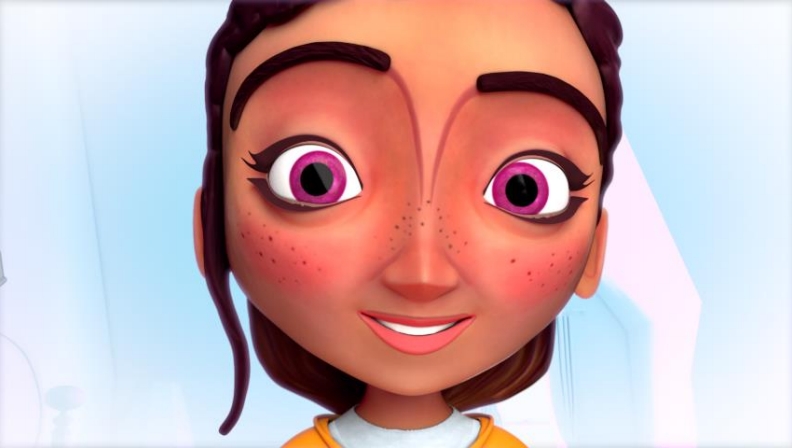
Scoliosis may change with age.
Kids may experience limited symptoms associated with pain but may experience pervasive symptoms associated with their physical appearance or interruption of their normal active lifestyle. During puberty, the scoliosis may worsen as kids experience growth spurts. Adults that had an onset of idiopathic scoliosis in their younger years may experience more symptoms associated with pain as they age. This is generally due to degenerative changes in the spine. Scoliosis can also onset as an adult even if it wasn’t present as a child. This is called adult degenerative scoliosis. This is due to wear and tear on the spine and aging, which can lead to natural degeneration of discs. Degenerative scoliosis is often found in the lower back (lumbar spine).
Adult degenerative scoliosis can cause symptoms such as:
- Aching /stiffness in the mid or lower back
- Radiating pain to the leg
- Radiating pins and needles feeling, tingling, or numbness down the leg
- Sharp pain in the leg while walking
Although The Tether – Vertebral Body Tethering is not indicated for individuals who have reached skeletal maturity, if you have adult degenerative scoliosis, there are still treatment options available to you (Learn more about Spinal Fusion).
Duncan, J., MD. (2017, January 16). All About Degenerative Scoliosis. Retrieved from https://www.spinehealth.com/conditions/scoliosis/degenerative-scoliosis